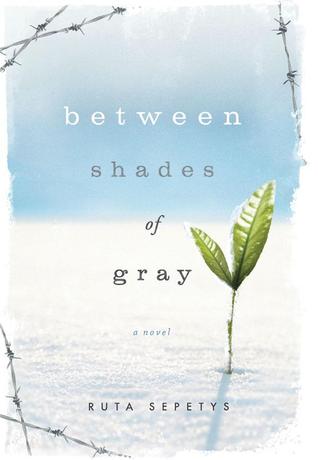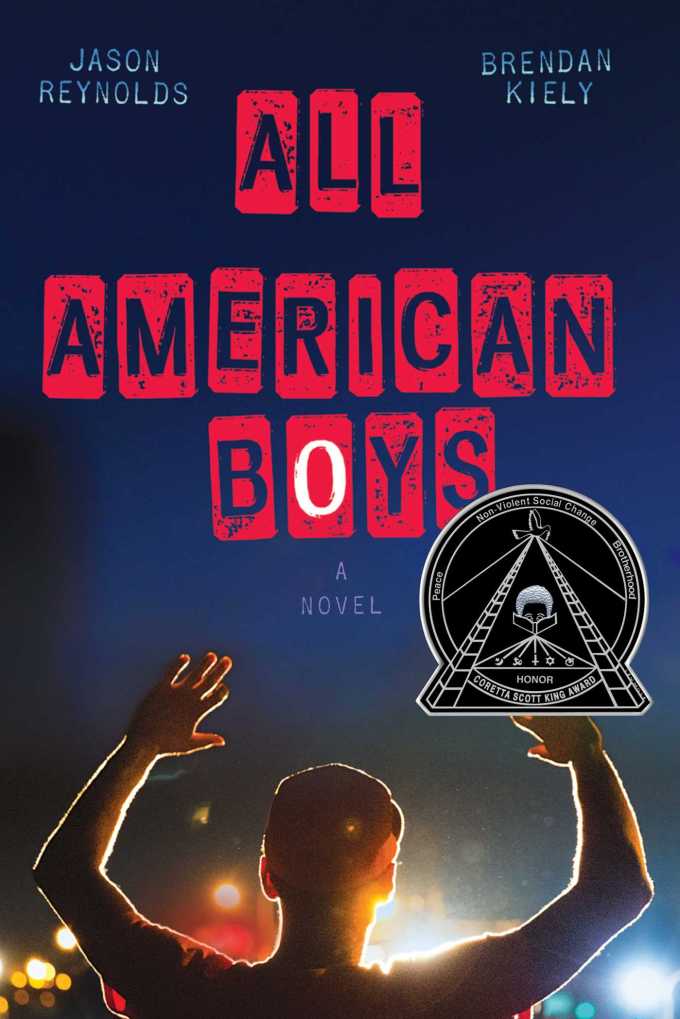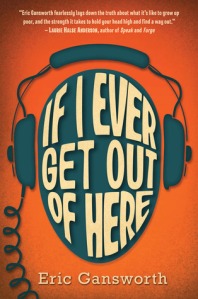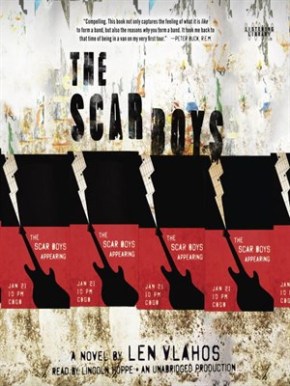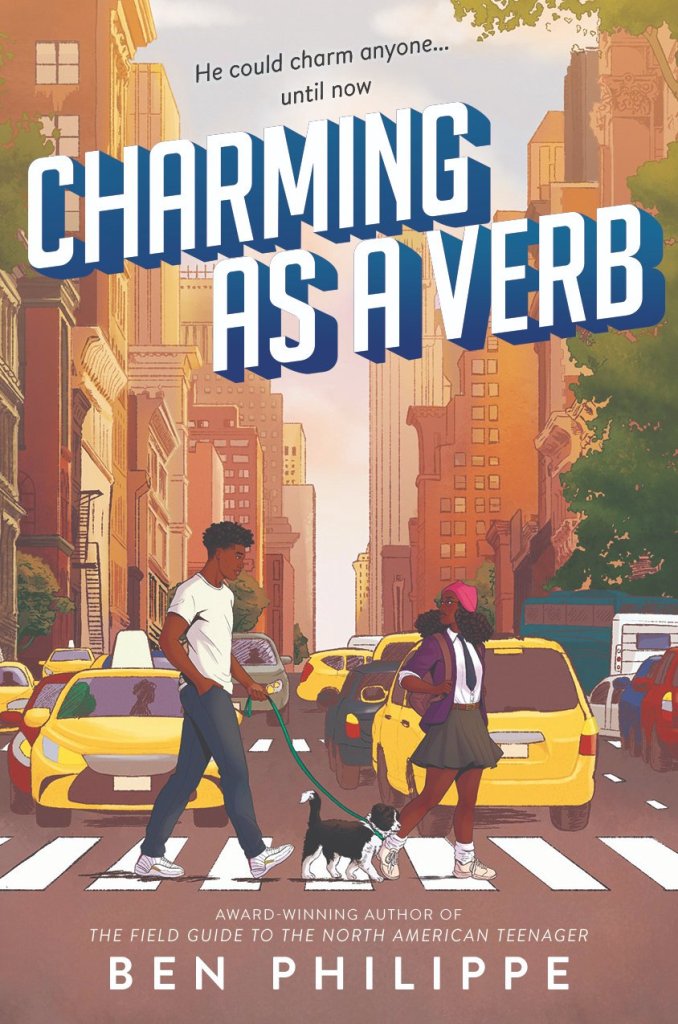
It’s been a very long time since I’ve gone back to the beginning of a book and completely reread it immediately. But the protagonist at the core of Ben Philippe’s young adult high school romance, Charming as a Verb, is too charming and honest not to fall in love with him over and over again.
As a first generation Hatian-American, Henri (Halti, Henry, or H.H. depending on who he’s talking to) Haltiwanger has his heart set on attending Columbia University. But when he falters in an interview with a prestigious graduate of the school, his dream appears to be dead. On top of running a busy dog walking service, participating in the Debate Team, and keeping up his reputation as one of his Fine Arts school’s most popular students, Halti mentors a fellow Senior on how to be less “intense.” When she blackmails him into helping her improve her chances in getting into her dream school, Princeton, a budding friendship events cascade, demonstrating Philippe’s gift as a storyteller.
While delving into the lives of young, black members of the “O” generation (those living in the shadow of Obama and Oprah), Philippe also explores the special burdens children of immigrants bear with respect to their parents’ expectations, as well as the effect on them of attending school with wealthy, privileged classmates. In the process, Philippe begs the question, what wouldn’t you do to get into the college of your dreams?
Philippe has both the ear for writing a genuine teenage voice, but also the heart to capture their emotional truth. From falling in love to struggling with family, school, and societal pressure to make good, Philippe’s novel covers it all. Charming as a Verb is a fun, poignant, and honest window into the high stakes world of college-bound American kids.
S = responsible and respectful in its portrayal.
Questionable activity = Parties and alcohol are a staple of HS life in this novel, but it is not glorified, nor are those who do not participate stigmatized.
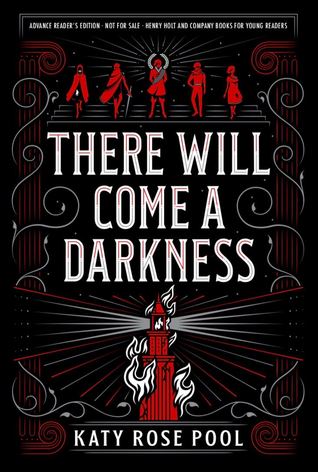 The first installment of this intriguing series from Katy Rose Pool has much to offer fans of YA fantasy. The multi-voice novel peers into the struggles of those who are “Graced” who have been targeted for elimination by a sect of the “Ungraced.” Complicating things further is the overthrow of the King and Queen whose heir, Hassan, believes he is the end of the line of his inherited reign, and the revelation of the “Last Prophet,” who must rise to prevent the coming age of Darkness. The complex narrative weaves the lives of six young people as they fight to survive. Each of the deeply envisioned characters faces unique and truly original dilemmas. From Hector Navarro who forsakes his oath to the Keepers of the Light because he has finally found the “Pale Hand,” who is responsible for the death of his family, to Hassan the prince who has escaped from the usurper of his parents’ kingdom, to the desperately afraid Anton, who is running from those who would kill him because of a vision he had as a young boy. In the process of revealing the inner lives of these fascinating characters, Pool explores the cost of betrayal, and what we would sacrifice to keep those we love alive.
The first installment of this intriguing series from Katy Rose Pool has much to offer fans of YA fantasy. The multi-voice novel peers into the struggles of those who are “Graced” who have been targeted for elimination by a sect of the “Ungraced.” Complicating things further is the overthrow of the King and Queen whose heir, Hassan, believes he is the end of the line of his inherited reign, and the revelation of the “Last Prophet,” who must rise to prevent the coming age of Darkness. The complex narrative weaves the lives of six young people as they fight to survive. Each of the deeply envisioned characters faces unique and truly original dilemmas. From Hector Navarro who forsakes his oath to the Keepers of the Light because he has finally found the “Pale Hand,” who is responsible for the death of his family, to Hassan the prince who has escaped from the usurper of his parents’ kingdom, to the desperately afraid Anton, who is running from those who would kill him because of a vision he had as a young boy. In the process of revealing the inner lives of these fascinating characters, Pool explores the cost of betrayal, and what we would sacrifice to keep those we love alive.